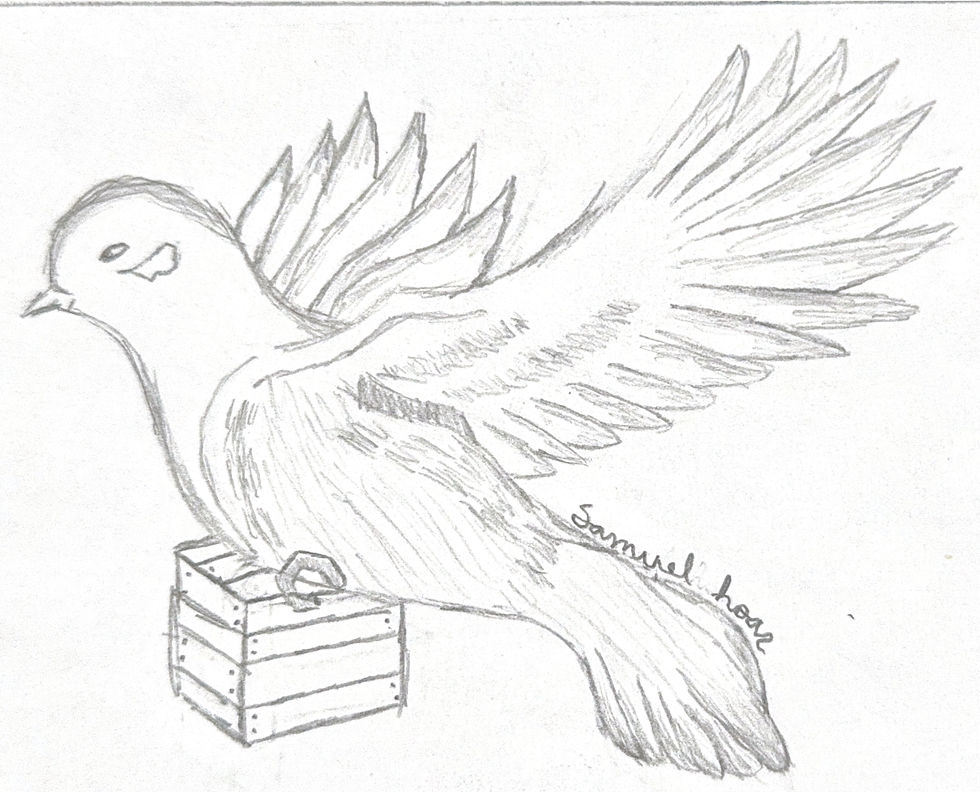‘Turning Red:’ teenage rebellion meets perfectionist mother
- Danielle McClure
- May 12, 2022
- 2 min read
Battling with her mother over freedoms she feels are rightfully hers, Asian-American protagonist Meilin Lee (Mei) experiences frustration and anger over her mother’s intense grasp on her life. Embarrassed by her mother’s actions, frustrated by her lack of freedom and overwhelmed by the amount of pressure placed on her to succeed, Meilin wakes up one morning to discover that she has transformed into a giant red panda.
On Feb. 21, Pixar released the film “Turning Red” onto Disney+, raising conversations about the movie’s display of a young girl undergoing the pressure of perfectionism from her overbearing mother. The 13-year-old Meilin battles her helicopter mom in a dire effort to see her favorite boy band, “4-Town,” play live. Defeated and incredibly angry at her mother’s immediate denial, Meilin wakes up one morning, walks to the bathroom mirror and discovers her family’s ancestral curse that has caused her to become a giant red panda.
“I really liked the animation style and how funny it was,” said sophomore Sophie Jones. “I really liked how it incorporated many cool aspects from their culture that I did not know about.”

As the movie closes out, Meilin chooses against performing a ritual, keeping her red panda abilities for the rest of her life. She learns that her mother was never her biggest enemy, rather her biggest supporter who was unsure of how to break the generational curse of perfectionism. “Turning Red” displays a young girl owning up to who she was becoming and teaches young children to do the same.
“I feel like it portrayed growing up and going into your teenage years in a really fun and cool way,” said Jones. “It's a very important and scary thing to go through the first time, and I feel they [Pixar] captured that emotion pretty well. It was a relatable and overall a really cute movie.”
Despite the criticism “Turning Red” faced, the positive reviews were overwhelming. With many viewers commenting that the movie was “heartwarming” or their “favorite Pixar movie of all time,” “Turning Red” has made its place among Pixar’s repertoire of remarkable classics.





Comments